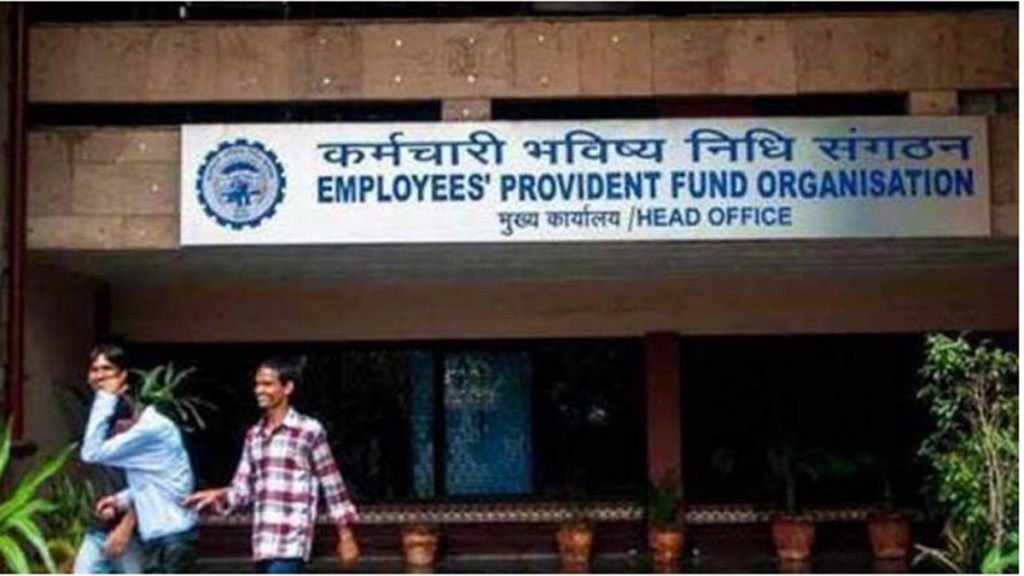That the Employees’ Provident Fund Organisation (EPFO) hasn’t yet determined the rate for EPF savings for 2022-23, as a Financial Express report has pointed out, is indeed concerning. While this will be decided at some point, its 70 million subscribers would be worried about the organisation’s failure to communicate the reasons for delays, in a transparent manner. With just a little over one and a half months remaining for the current financial year to end, EPFO’s rate-setting exercise should ideally have been completed much earlier, given the rate proposal will need to ratified by the Union finance ministry before interest payments are made.
The manner in which the country’s second-largest fund manager has conducted its affairs over the past couple of years would suggest it expects subscribers to take unexplained delays in their stride. To illustrate, the meeting of the Central Board of Trustees (CBT) of the EPFO for fixing the rate for 2021-22 was delayed, and it could meet only in March 2022—the 8.1% rate decided by the CBT was ratified by the finance ministry only in June 2022. The fact that nearly two-thirds of the subscribers are yet to be paid the interest on the contributions for 2021-22 further dents the EPFO’s image. The pension fund’s statement that work is on to credit the interest into each member’s account isn’t making subscribers less anxious. The delay was initially attributed to a software glitch as the passbooks of members had to be split into taxable and non-taxable contributions, in order to pave the way for the tax (introduced in FY22) on EPF contributions above Rs 2.5 lakh. However, the Central Board of Direct Taxes says that the work at its end to enforce the tax is complete, and it is up to the EPFO to credit the pending interest to subscribers’ accounts.
Also read: Prisoners of their own device
Adding to the uncertainty is the fact that the CBT’s Finance Investment and Audit Committee (FIAC)—responsible for monitoring the EPFO’s investments and recommending the EPF rate based on EFPO’s portfolio earnings—hasn’t been reconstituted after it was disbanded late last year. As a result, it is very likely that the CBT has very little information about how the fund is performing and what investments have been made since the time the FIAC was disbanded. Against such a backdrop, whether 1.5 months will be enough to reconstitute the FIAC, have it deliver its rate recommendation—which is then taken up for consideration by the CBT—remains to be seen.
Subscribers have patiently tolerated earlier delays, such as in 2019-20, but the EPFO’s communications then was far more effective than it is today. That was the first year of Covid, and the fund’s income had been hit by the pandemic’s effect on financial markets. EPFO, however, managed to set the rate by September 2020, and disbursals had started by December. It had let subscribers know early of a decision to release the interest payments in two tranches, which was later revoked.
Part of the problem is that shifting to the National Pension System (NPS) remains a dead-end, with no mechanism to port the corpus from EPF. The EPFO had total investments of Rs 11 trillion at the end of FY22, and its responsibility to its subscribers subsumes all other concerns. A big part of that responsibility is being transparent about its functioning and the hurdles it is facing right now.


